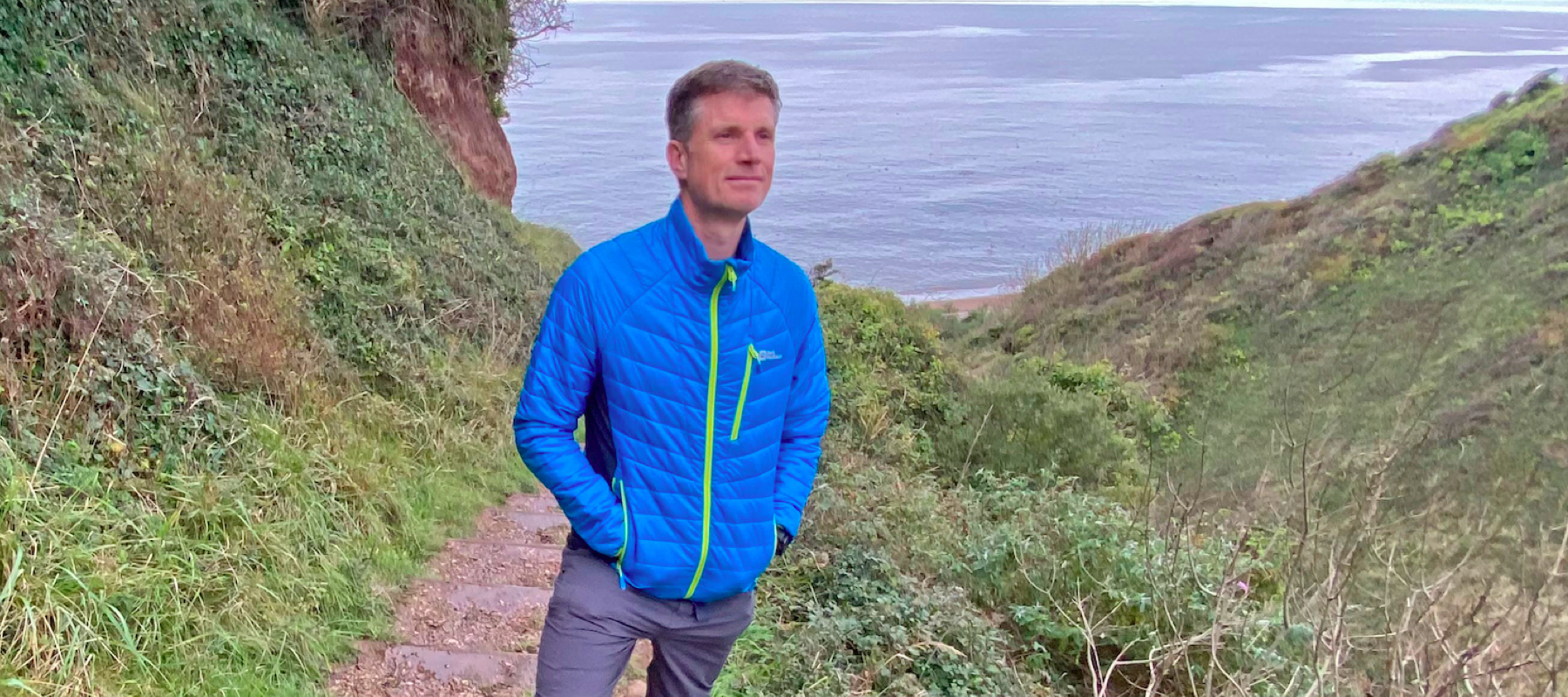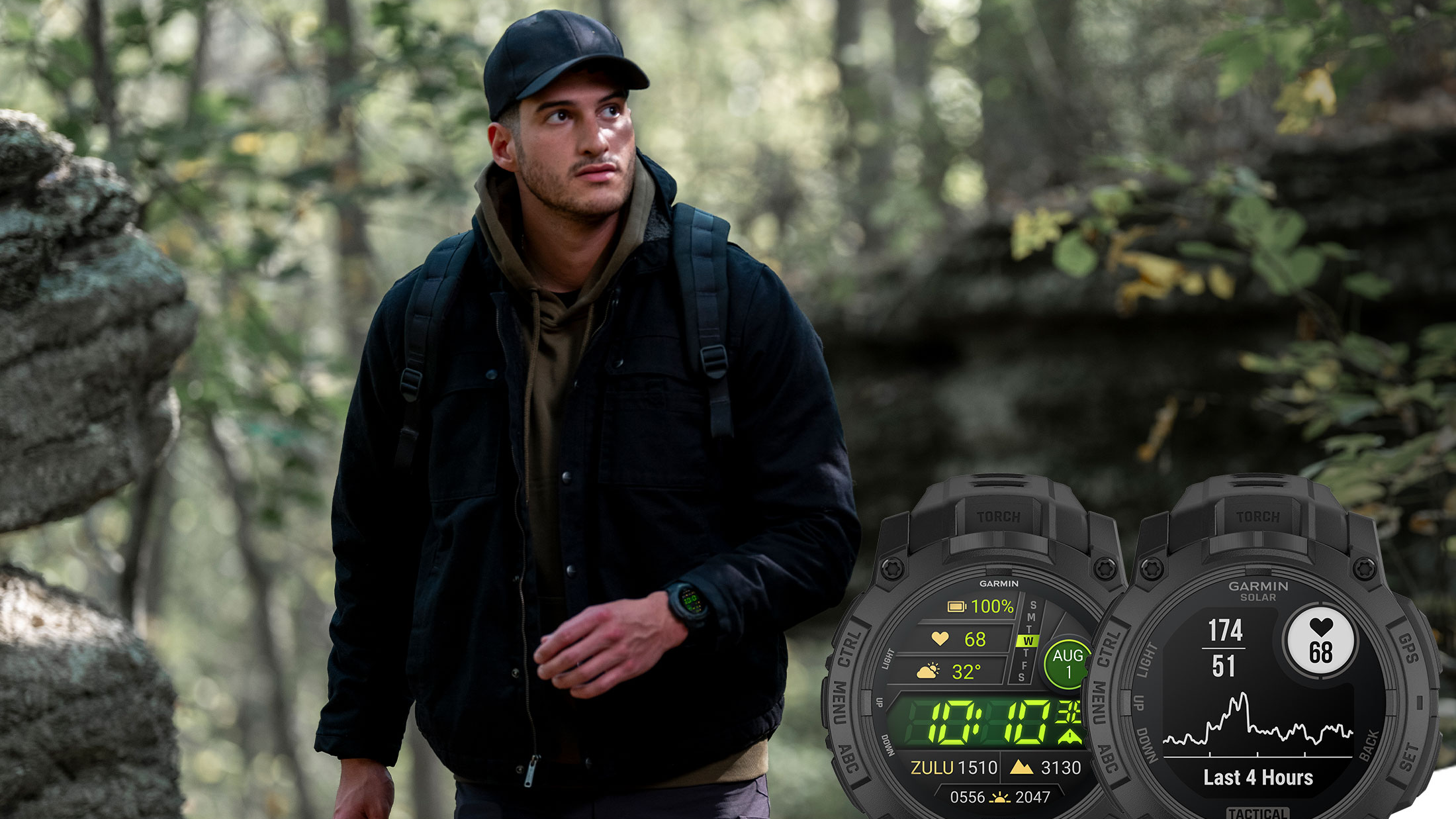Advnture Verdict
The Routeburn from Jack Wolfskin is a lightweight, insulated, windproof puffer, perfect for use as a warm outer coat on breezy fall and spring days (and even on chilly summer evenings), or as a thermal mid layer beneath a waterproof hard shell during the winter and in wet conditions. Impressively and stylishly constructed from mostly recycled synthetic materials, it boasts innovative stretchy fleece panels on each side that give it dynamic properties absent from most puffers, enabling unconstrained movement during all sorts of outdoor activities.
Pros
- +
Underarm fleece panels permit excellent freedom of movement
- +
Good warmth-to-weight ratio
- +
Recycled material used
- +
Stylish design
- +
Suitable for vegetarians and vegans
Cons
- -
No thumb hooks
- -
No hood (on the men’s version)
- -
No pack sack
You can trust Advnture
Jack Wolfskin Routeburn: first impressions
Available in a veritable rainbow of striking colorways, the Jack Wolfskin Routeburn insulated jacket immediately impresses as a good-looking garment. A lightweight, windproof, synthetic puffer jacket with a trim cut, it can be worn as an outer or as a mid layer beneath a hard shell.
• List price: $169.95 (US) / £150 (UK)
• Weight (men’s large): 395g / 14oz
• Fill: Texatherm Pro Fluff Primaloft (100% recycled polyester)
• Shell: Texashield (recycled polyester (95%) & elastane (5%))
• Sizes: S-3XL
• Colors: Men’s: Pacific Blue / Dragon Fire / Black Olive / Cold Coffee / Black / Dark Sea / Wild Brier / Greenwood / Blue Coral; Women’s: Graphite / Grapevine / Sangria Red / Blue Coral / New Magenta / Dark Maroon / Sea Green
Made entirely from recycled polyester, Jack Wolfskin's proprietary Texatherm insulation is blown into the jacket during the filling process (in a simulation of how feather down jackets are made), providing excellent loft-like performance. The carefully zoned, baffled design means clumping won’t occur, and being synthetic the insulating properties of the fill will continue to keep you warm even when it’s wet. You can also wash it without worrying about a loss of performance. The outer shell of the jacket is made from Texashield Pro, a 100% recycled windproof material with a Ripstop finish.
The Routeburn’s real point of difference to other synthetic puffers and down jackets, though, is the inclusion of large stretchy fleece panels under each arm. These dynamic elements make the jacket ideal for activities such as scrambling, climbing and hiking over rocky and technical terrain, because it allows the wearer a full range of arm movement.
Storage is reasonable on this coat, which features a pair of hip pockets and an angled chest pocket on the left breast, all of which securely zip shut.
Sustainably made with 100% recycled synthetic fill and shell material, this bluesign certified coat is perfect for environmentally conscious people who’d prefer not to wear garments made with animal products.
Colorways differ depending on whether you’re in the US or the UK, but there’s a good selection on both sides of the Atlantic.
Jack Wolfskin Routeburn: on the trails
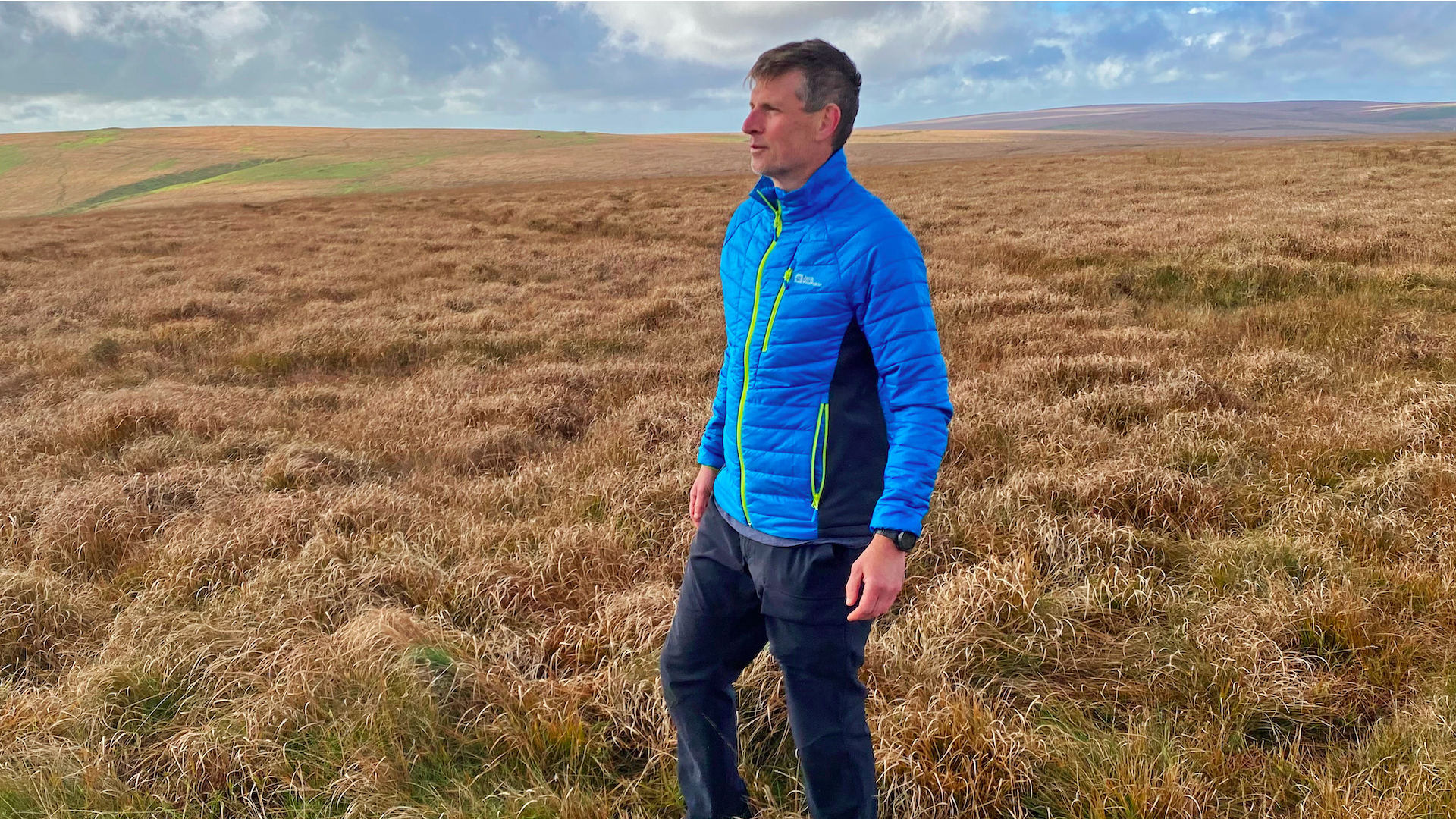
I’ve been wearing the Routeburn jacket to keep me warm during a range of outdoor activities across the fall in the South West of England, from blustery hikes along exposed coastal paths to overnight backpacking adventures on the wild, windswept tors of Dartmoor.
The Routeburn feels exceptionally light to wear, and has a trim but comfortable fit. Quoted sizes are European, and some users have reported tightness across the shoulders and elsewhere, but as a non-skinny, 186cm (6ft 1in) bloke, I found the Large to be a perfect fit for a garment that is intended to be wearable as a mid layer as well as an outer.
I also think the length is good, extending far enough not to ride up your back when wearing a pack, and providing reasonable coverage to the top of the bum region. The hem can be easily adjusted and tightened to keep chilly drafts from creeping in.
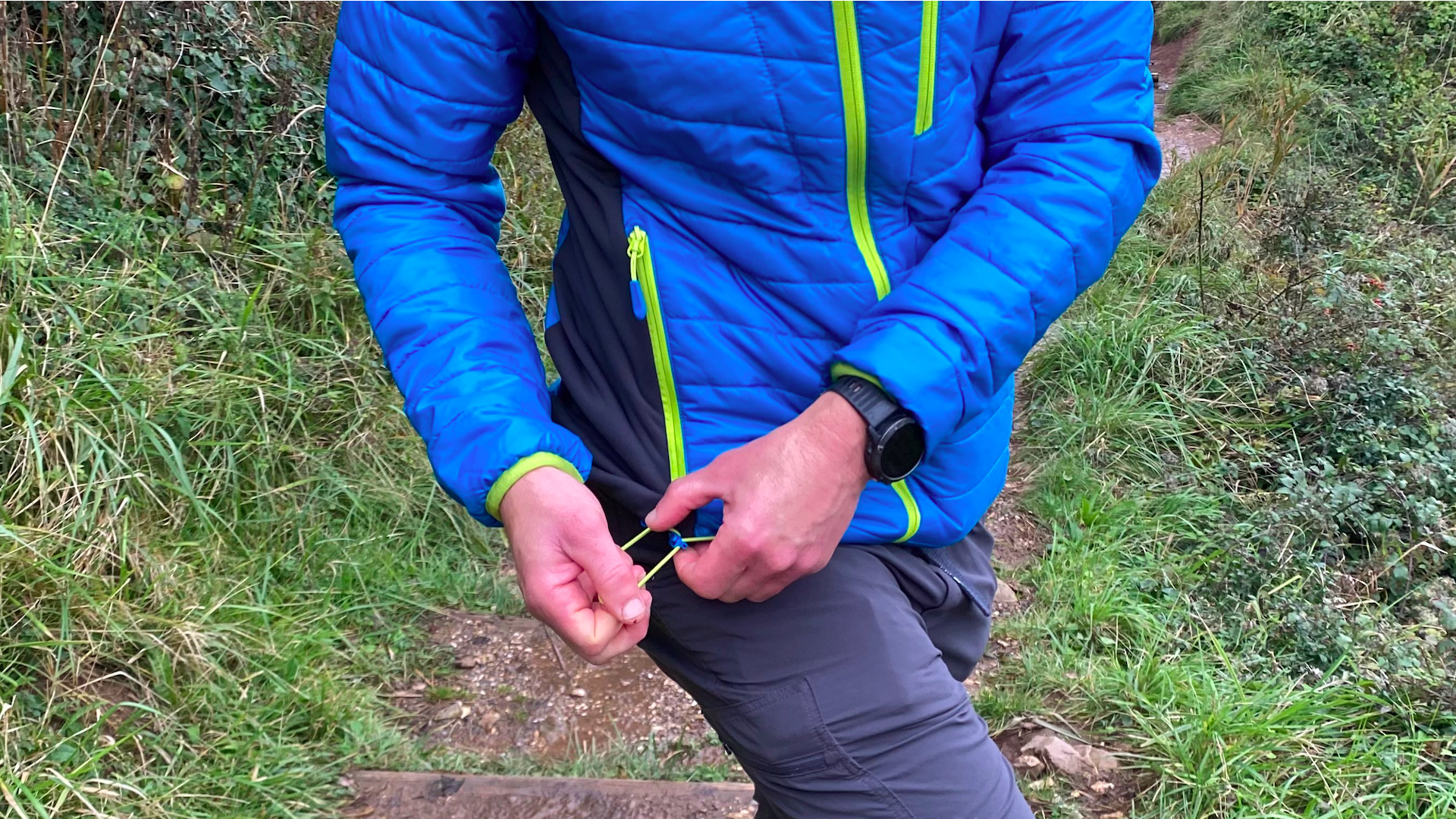
I can confirm that it does offer good wind protection and enough water repellency to keep you dry during light showers, but the lightly padded Routeburn also works really well as a warm mid layer puffer, so in heavy downpours and seriously cold conditions you can comfortably fit a properly waterproof jacket over the top of it.
Strangely, the women’s version has a hood while the men’s doesn’t, but again I’m happy with that for this kind of garment (if conditions are inclement enough to require a hood, I’m likely to be wearing a hard shell over the top, which will have a hood). Also, the high neck provides protection from drafts right up to chin level, and a zip garage guards against painful skin or beard snagging. The cuffs are elasticated, but there are no thumb hooks, which would have been a handy inclusion to prevent sleeves bunching up when pulling on an outer layer.
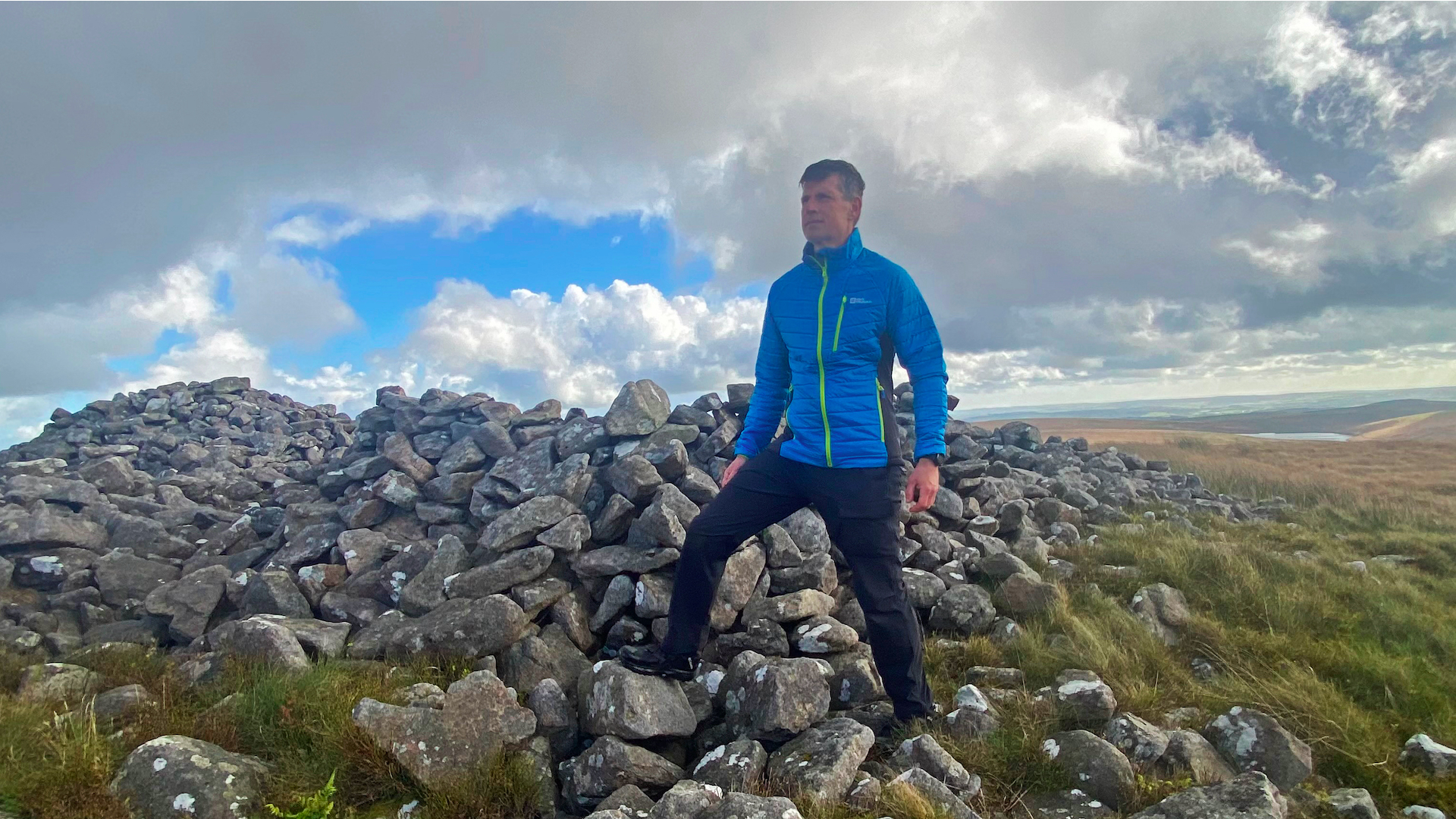
The flexible fleece panels underneath the arms are an interesting innovation, and I enjoyed the freedom of movement they permit. I love scrambling over rocks and other natural obstacles when I’m out and about on the trails, and these elements really let you stretch for holds.
This fleecy material is also more breathable than the shell fabric, which adds to comfort levels in slightly warmer conditions. However, while the Texashield shell fabric seems to have been coated in a non-specified water repellent treatment, these fleece panels do absorb and hold water, so an outer layer is required in seriously soggy conditions – although being located under the arms these panels are the last places to get properly soaked.
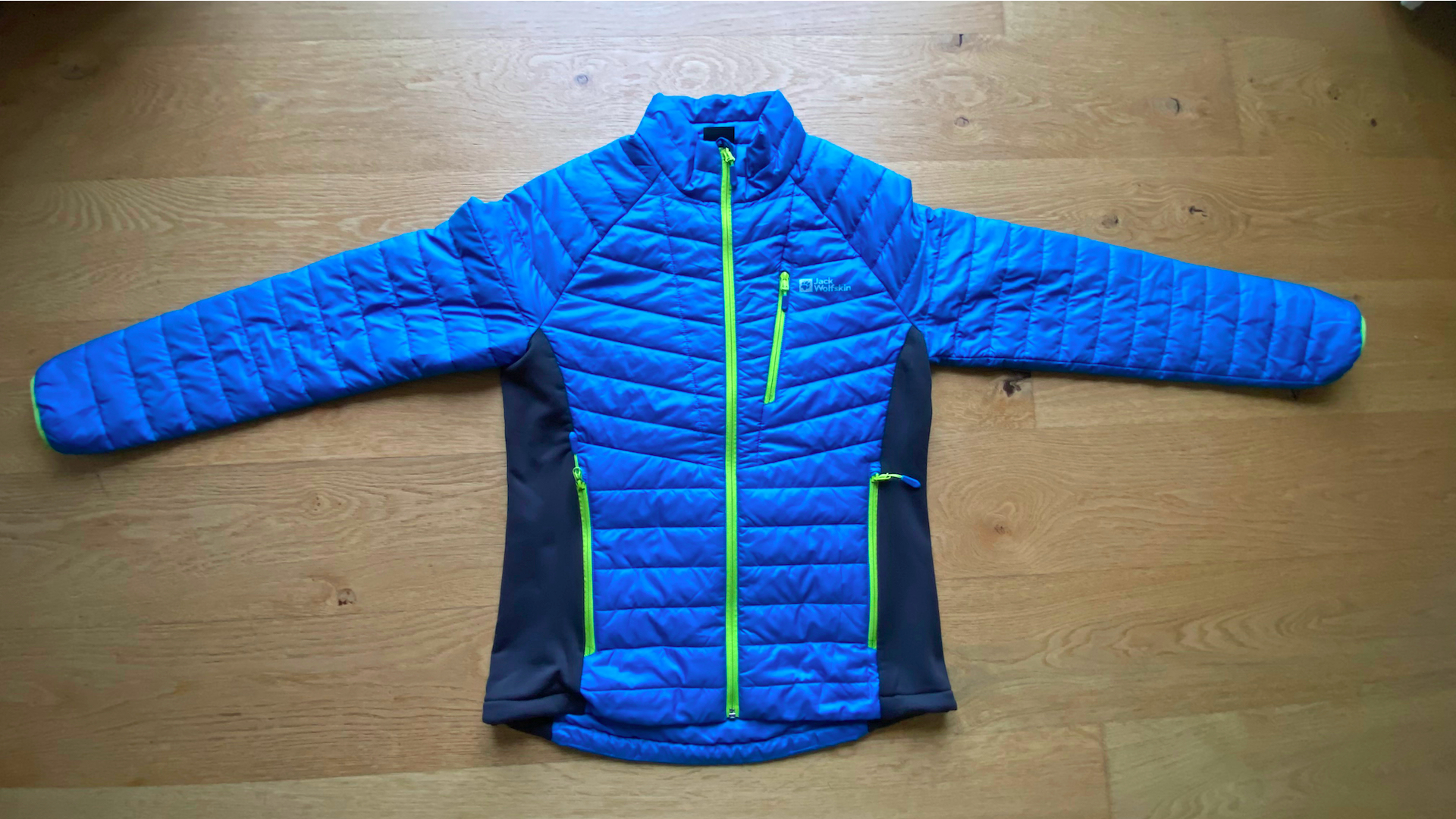

Author of Caving, Canyoning, Coasteering…, a recently released book about all kinds of outdoor adventures around Britain, Pat has spent 20 years pursuing stories involving boots, bikes, boats, beers and bruises. En route he’s canoed Canada’s Yukon River, climbed Mont Blanc and Kilimanjaro, skied and mountain biked through the Norwegian Alps, run an ultra across the roof of Mauritius, and set short-lived records for trail-running Australia’s highest peaks and New Zealand’s Great Walks. He’s authored walking guides to Devon and Dorset, and once wrote a whole book about Toilets for Lonely Planet. Follow Pat’s escapades on Strava here and Instagram here.
